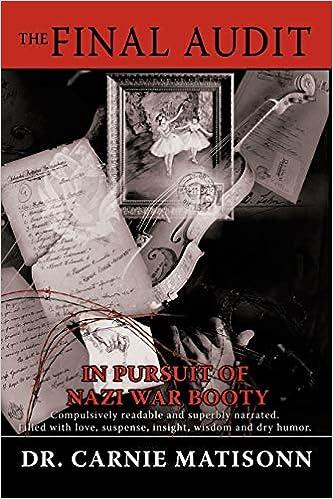Question
During 2020, The Chen Corporation had the following actual results: Thing One Thing Two Finished Units : Units Completed and Sold 65,000 40,000 (Assume the
During 2020, The Chen Corporation had the following actual results:
Thing One Thing Two
Finished Units: Units Completed and Sold 65,000 40,000
(Assume the sales price per unit was the same as the amount budgeted in your Operating Budget in the Chapter 6 Computer Problem)
(Assume there were no units in beginning inventory of finished goods)
(Assume that work-in-process was negligible)
Material purchased:
A 700,000 lbs. purchased at $9,030,000
B 490,000 lbs. purchased at 3,871,000
C 150,000 purchased at 1,012,500
(Assume there were no materials in beginning inventory)
Material used:
A 690,000 lbs.
B 480,000 lbs.
C 130,000 each
Direct Labor:
Thing One- Actual direct labor hours used 275,000 at $3,492,500
Thing Two- Actual direct labor hours used 210,000 at $3,769,500
Factory Overhead:
Actual Variable Factory Overhead- $3,267,500 Thing One
Actual Variable Factory Overhead- $2,499,000 Thing Two
Actual Fixed Factory Overhead - $4,173,000
The following relates to the standards set by Chen:
Direct Materials and Direct Labor:
The standard inputs allowed for Direct Materials and Direct Labor and the standard price per pound and Direct Labor Hour are the same as they were when preparing Chen Corporations Operating Budget in Chapter 6.
Factory Overhead:
Budgeted Fixed Cost $4,168,000. The denominator volume is based on the direct labor hours you computed in the Direct Labor Portion of the Operating Budget in Chapter 6.
Total Standard Overhead cost per hour $20. (Includes variable and fixed). You will need to determine what portion of the $20 is fixed factory overhead cost and which portion of the $20 is variable factory overhead cost. This is discussed in the Fixed overhead and journal entries in Module 8.
Required: 1. Compute the Direct Material Price Variances for Materials A, B and C and
Record the required Journal entries. Record one entry for each Material.
(Assume the Material Price Variances is computed when the material is
purchased). The Material Variances and journal entries video in Module 7
should assist you in this section.
2. Compute the Material Efficiency Variances for Materials A, B and C,
and record the required journal entries. Record one entry for each material.
The Material Variances and journal entries video in Module 7 should assist
you in this section.
3. Compute the Direct Labor Price and Efficiency Variances for Thing One
and Thing Two and the required journal entries. Record one entry for
Thing One and one entry for Thing Two. The Labor Variances and journal
entries video in Module 7 should assist you in this section.
4. Compute the Variable Overhead Spending and Efficiency Variances for
Thing One and Thing Two and the required journal entries for:
Incurrence of actual Variable Overhead.
Allocation of Variable Overhead.
To close the two variable overhead accounts and isolate variances.
(Record one set of entries for Thing One and one set of entries for Thing Two). The videos in Module 8 should assist you in this section.
5. Compute the Fixed Overhead Spending and Production Volume Variances
and record the journal entries for:
Incurrence of actual Fixed overhead.
Allocation of Fixed Overhead.
To close the two fixed overhead accounts and isolate variances.
(Record one set of entries. Do not separate Thing One and Thing Two)
The videos in Module 8 should assist you in this section.
6. Record the entry for goods completed and transferred to Finished Goods.
Assume all goods started were completed.
7. Record the journal entries for:
The sale of Thing One and Thing Two. Use the sales prices that were given in the computer problem.
The Cost of Goods Sold assuming all of the units completed were sold.
8. Prepare the Income Statement through Gross Margin for Chen and
compare to the budgeted Income Statement you prepared for Chen
in chapter 6. You will need to adjust your cost of goods sold in part 7 B by
adding or subtracting variances to convert from standard cost to actual
cost.
9. Based on your variances analysis and review of the income statement identify
areas where Chen needs improvement.
Step by Step Solution
There are 3 Steps involved in it
Step: 1

Get Instant Access to Expert-Tailored Solutions
See step-by-step solutions with expert insights and AI powered tools for academic success
Step: 2

Step: 3

Ace Your Homework with AI
Get the answers you need in no time with our AI-driven, step-by-step assistance
Get Started


